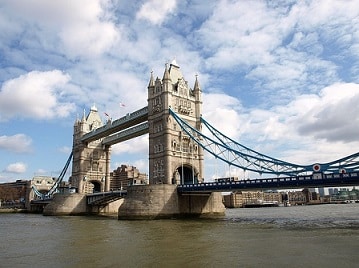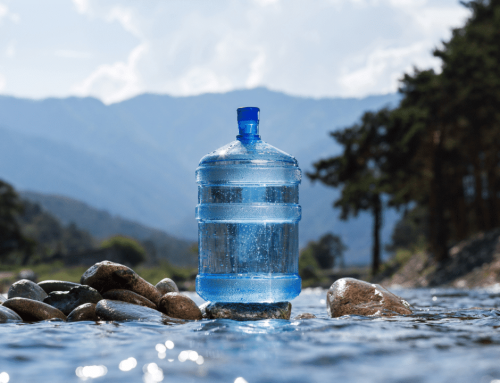The EU Water Framework Directive (WFD) splits the Tidal Thames into 3 water bodies; Thames Upper – ranging from Teddington to Cremorne Gardens, Thames Middle – ranging from Cremorne Gardens to Standford-le-Hope, and Thames Lower – ranging from Stanford-le-Hope to Haven and Warden Point in the Outer Estuary.
Thames Upper is categorised as a mainly freshwater zone; Thames Middle comprises the brackish zone where water transitions between freshwater and marine water, and Thames Lower illustrates more connections between the aquatic and terrestrial environments.
The Tidal Thames and London’s Drinking Water
Demand for water is extremely high in parts of England, and is a source of continuous concern, as the Thames River Basin District is one of the driest in the UK.
Ground water provides around 40% of public water supplies and the freshwater River Thames provides around two thirds of London’s drinking water. There are water-quality concerns around storm discharges from the 5 major sewage works serving London, because the Victorian sewage network discharges frequently into the river, which decreases the oxygen in the river, kills the fish and poses health risks.
There is also diffuse pollution, which takes various forms and affects both groundwater and surface water. This type of pollution can result from urban and agricultural land use, transport such as roads, ports and harbours, domestic release to sewers, as well as industry.
Various chemicals that have been found in the Thames include Tributylin compounds (TBTs) used in shipping, and as preservatives for wood, paper, leather, textiles, plastics and packaging and in food additives. Some of these TBTs are toxic to fish and other aquatic life and could be dangerous to humans too when ingested over a long period of time.
Polycyclic Aromatic Hydrocarbons (PAHs) which are known to be potentially harmful carcinogens are toxic to fish and other aquatic life and also possibly to humans if it is consumed and accumulates in the body.
Of course there are other toxins that have been found in the drinking water in London too, such as fluoride, pharmaceutical drugs like oestrogen and recreational drugs like cocaine.
It seems as though the only way for us Londoners to ensure that we are drinking pure water as nature intended is to invest in our health by investing in a good water cooler that can provide us with accessible, pure, toxin-free drinking water. Living-Water, London’s premier water delivery company will provide you with a free needs assessment and recommendation as to which of their bottled or mains-plumbed water coolers will be best suited to your needs.






